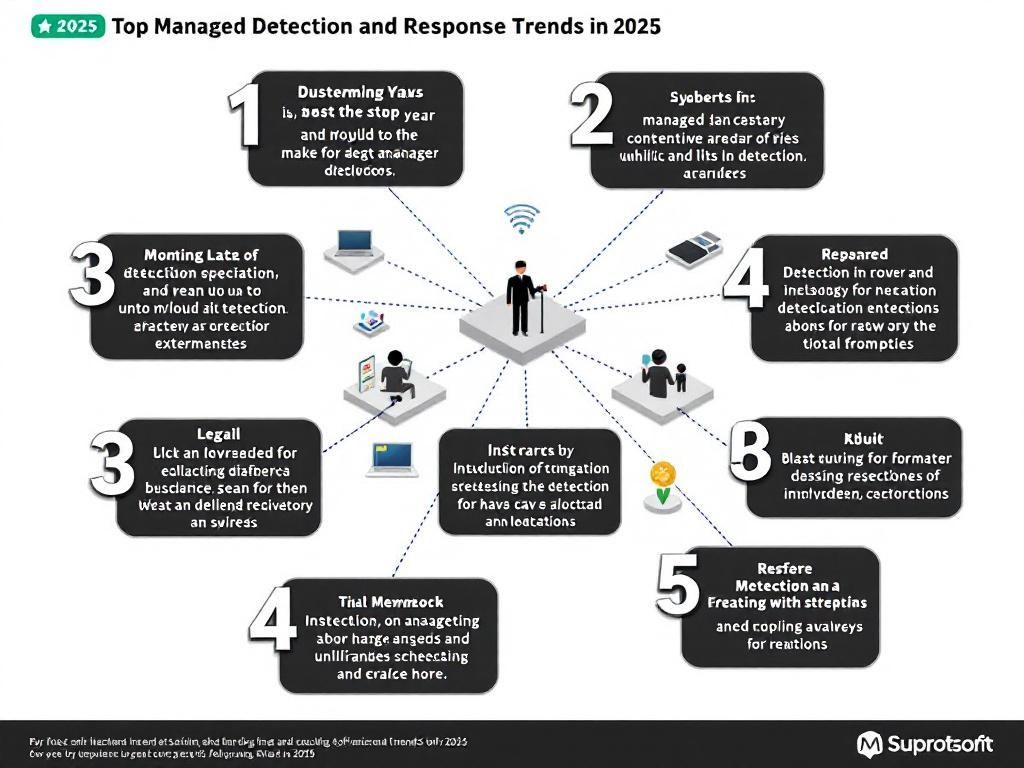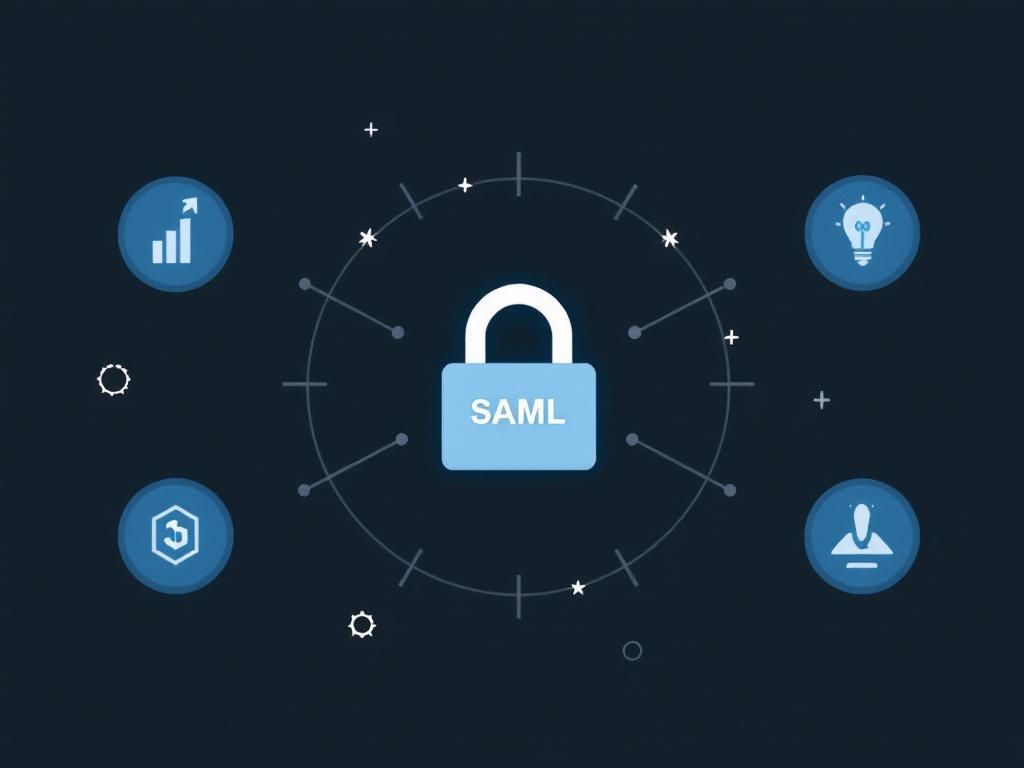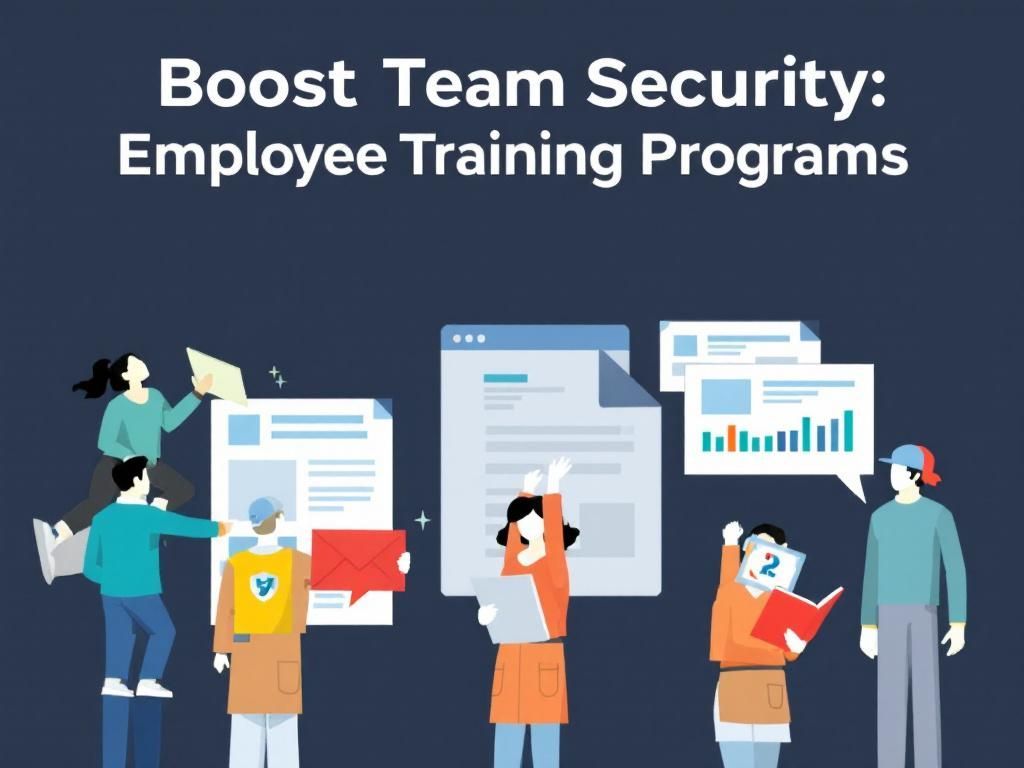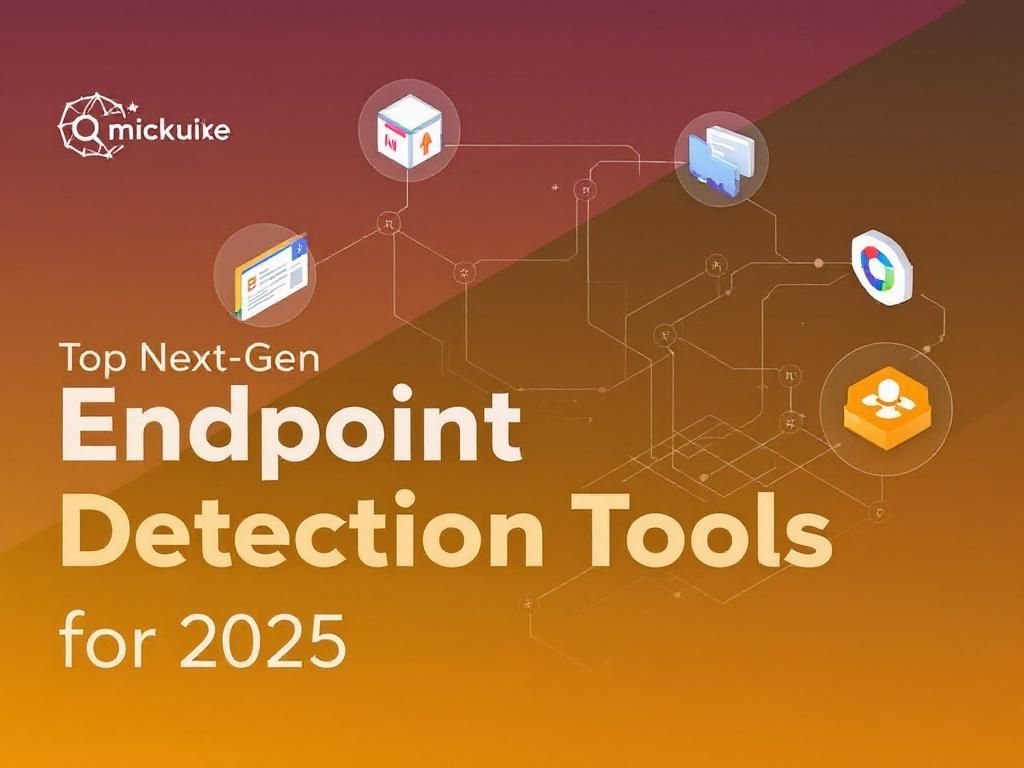Unlocking Next-Gen Endpoint Protection Strategies
Explore the future of endpoint protection in 2025 with innovative strategies and technologies to safeguard your digital assets.
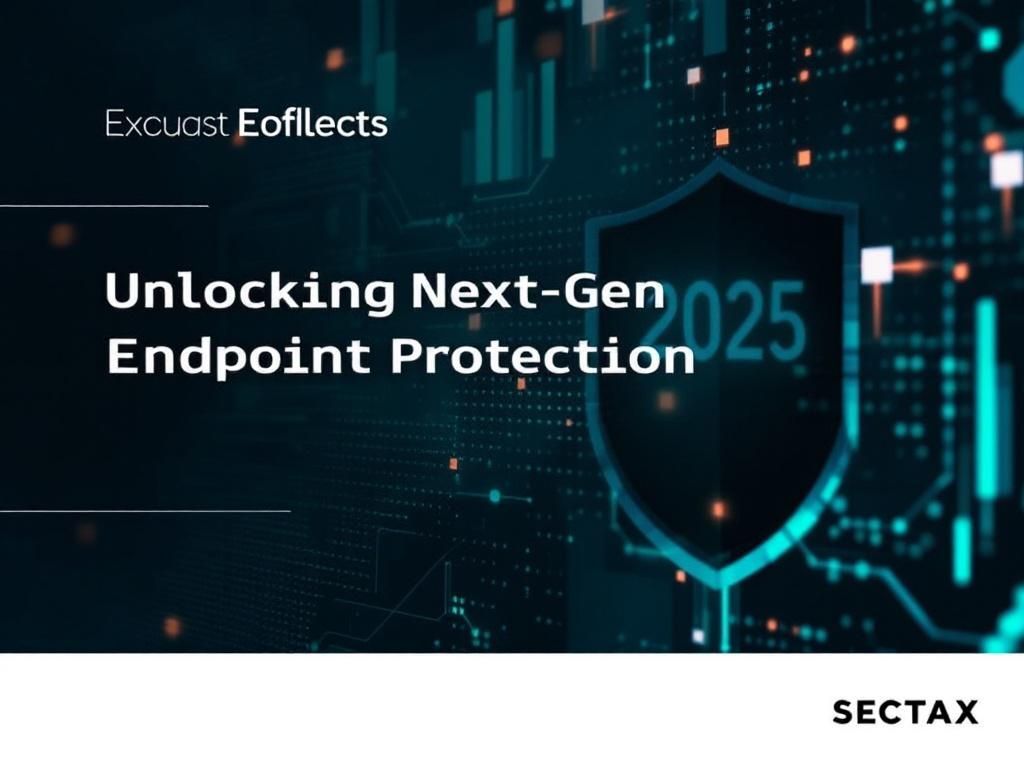
As we step into 2025, the landscape of endpoint protection is evolving faster than ever. With the rise of sophisticated cyber threats and the increasing reliance on remote work, organizations are faced with new challenges that demand cutting-edge solutions. This article explores the transformative trends and technologies shaping next-gen endpoint protection, empowering organizations to secure their digital assets effectively.
Table of Contents
Understanding the Threat Landscape
Before diving into next-gen solutions, it’s essential to grasp the current threat landscape affecting endpoints:
- Ransomware Attacks: Increasingly complex and targeted.
- Phishing Schemes: More deceptive tactics are being employed.
- Advanced Persistent Threats (APTs): Long-term, stealthy attacks aiming for sensitive data.
- Internet of Things (IoT) Vulnerabilities: More devices mean more potential entry points.
Key Features of Next-Gen Endpoint Protection
Next-gen endpoint protection solutions are designed to address these threats with advanced capabilities. Here are some of the pivotal features:
1. Behavioral Analysis
Unlike traditional antivirus methods that rely on signatures, behavioral analysis monitors activities in real-time:
- Detects anomalies in user behavior.
- Utilizes machine learning algorithms to identify potential threats based on actions rather than known malware signatures.
2. AI-Driven Threat Intelligence
Artificial intelligence plays a crucial role in enhancing security measures:
- Real-time analysis of vast amounts of data.
- Automates response to detected threats.
- Enhances the accuracy of detection through continuous learning.
3. Integration with SIEM Systems
Security Information and Event Management (SIEM) systems are pivotal for centralized security management:
- Aggregates data from various sources.
- Facilitates threat hunting and investigation.
- Enables quicker incident response.
Implementing a Robust Security Framework
To maximize the effectiveness of next-gen endpoint protection, organizations should adopt a holistic security framework that encompasses:
Governance and Compliance
Staying compliant with regulations is crucial. Ensure your policies address:
- Data protection laws (GDPR, HIPAA)
- Industry standards (ISO 27001, NIST)
User Education and Training
Human error remains one of the weakest links in security. Regular training programs should focus on:
- Identifying phishing attempts.
- Best practices for password security.
- Safe browsing habits.
Regular Updates and Patch Management
Keeping all software up-to-date is essential to mitigate vulnerabilities:
| Software Type | Frequency of Updates | Importance |
|---|---|---|
| Operating Systems | Monthly | Critical for security patches |
| Applications | Bi-monthly | New features and bug fixes |
| Antivirus Definitions | Daily | Real-time threat protection |
Future Trends in Endpoint Protection
As we look forward, several trends are set to influence the future of endpoint protection:
1. Increased Use of Zero Trust Architecture
Zero Trust models advocate for strict identity verification for every user and device attempting to access resources:
- No automatic trust based on network location.
- Continuous validation of user identity and access permissions.
2. Integration with Cloud Security
With more companies adopting cloud solutions, endpoint protection must seamlessly integrate with cloud security measures:
- Consistent security policies across on-premises and cloud environments.
- Shared threat intelligence between cloud service providers and endpoint protection platforms.
3. Privacy-First Security Solutions
With rising concerns over privacy, endpoint protection solutions will need to prioritize:
- Data minimization strategies.
- Transparency in data usage.
- Compliance with privacy regulations.
Choosing the Right Endpoint Protection Solution
When selecting a next-gen endpoint protection solution, consider the following criteria:
1. Comprehensive Coverage
The solution should cover all endpoint types, including:
- Desktops and laptops
- Mobile devices
- IoT devices
2. Scalability
As organizations grow, their security needs change. Solutions should be:
- Adaptable to increasing numbers of endpoints.
- Flexible to evolving security requirements.
3. Vendor Reputation and Support
Research the vendor’s track record and support offerings:
- Customer reviews and case studies.
- Availability of technical support and training resources.
Conclusion
As we advance further into 2025, the importance of implementing next-gen endpoint protection cannot be overstated. The challenges posed by evolving cyber threats require organizations to adopt proactive and integrated security measures. By understanding the landscape, leveraging advanced technologies, and fostering a security-aware culture, organizations can safeguard their assets and ensure business continuity in an increasingly digital world.
FAQ
What is next-gen endpoint protection?
Next-gen endpoint protection refers to advanced security solutions that utilize artificial intelligence, machine learning, and behavioral analysis to detect and respond to threats on endpoints more effectively than traditional antivirus solutions.
How will endpoint protection evolve in 2025?
By 2025, endpoint protection is expected to incorporate deeper integration with cloud services, enhanced automation capabilities, and improved threat intelligence sharing among devices, making it more resilient against emerging cyber threats.
What are the benefits of next-gen endpoint protection?
The benefits include faster threat detection and response times, reduced false positives, comprehensive coverage against a wider array of malware and attacks, and improved overall security posture for organizations.
How important is endpoint protection for businesses in 2025?
Endpoint protection will be crucial for businesses in 2025 as remote work continues to rise and cyber threats become more sophisticated, requiring robust security measures to protect sensitive data and maintain compliance.
What features should I look for in next-gen endpoint protection?
Key features to look for include real-time threat detection, automated response capabilities, cloud integration, data encryption, and advanced analytics for threat hunting and incident response.

